Oceans are full of mysteries and there are many unknown things about it still. That’s why we created a list of facts about the Ocean to educate you on the beauty of the deep.
Our planet is covered by all types of water bodies such as oceans, rivers, and lakes, etc. And, humans have been curious about the oceans since the beginning of time.
25 Ocean Facts
1. The World Ocean
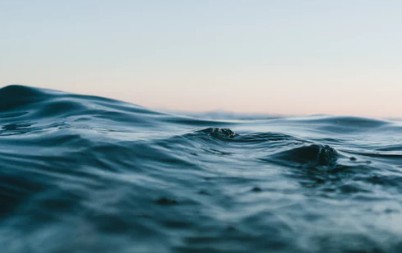
We all know that 71% of our Earth’s surface is covered by water. The rest of the 29% is land surface. And, surprisingly, the oceans contain almost 96.5% of all the water on Earth.
If you say that there is only one Ocean on Earth as all the oceans on Earth are interconnected, you are not technically wrong here.
As a result, these interconnected systems of water bodies or all the oceans combined are known as the ‘World Ocean’. A global ocean has existed on this planet for ages. The surface area of the ‘World Ocean’ is about 361 million square kilometers or 139 million square miles.
2. How Many Oceans Are There?
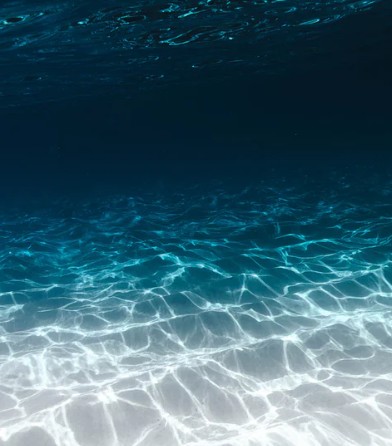
A lot of us are confused about whether there are 5 or 7 oceans in the world. The correct answer is that there are 5 oceans in the world.
| Arctic | Indian |
| Atlantic | Southern |
| Pacific Ocean |
The world’s smallest ocean is the Arctic, and the largest ocean is the Pacific Ocean.
Whereas the Atlantic Ocean is the 2nd largest ocean in the world. The Pacific Ocean comprises about 30 percent of the Earth. On the opposite, the Atlantic Ocean and the Indian Ocean covers about 20% and 19.8% of the Earth’s surface respectively.
Plus, the Southern ocean is a newly proposed ocean. It is the 2nd smallest ocean on the planet.
3. The World’s Highest Waterfall
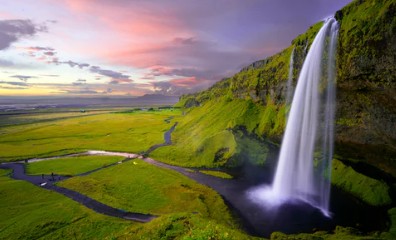
Typically, the world’s highest waterfall is the Angel Falls located in Venezuela. It is about 3,230 feet or 984 meters high and has an uninterrupted drop of up to about 2,467 feet or 751 meters.
Now there’s no doubt that it is very high. However, when it comes to the ‘Denmark Strait Cataract’, there’s no real competition.
For the record, the ‘Denmark Strait Cataract’ is an underwater waterfall that is located in the Atlantic Ocean. And, this waterfall has a drop of up to 11,550 feet or 3,500 meters. Now compare that to the Angle Falls’ height.
4. The Widest Part of the Pacific Ocean vs. the Diameter of the Moon
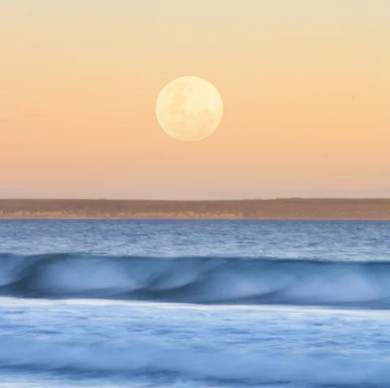
We all know that the Pacific Ocean is the largest ocean in the world. But how large is it? Here’s an analogy for you. The diameter of the moon is about 3,474 kilometers or 2,158 miles.
The widest point of the Pacific Ocean is about 19,800 kilometers or 12,300 miles. It goes from Indonesia to Columbia at its widest part. That means the Pacific Ocean is about 6 times wider than the diameter of the moon.
5. There are Tons and Tons of Gold in the Oceans
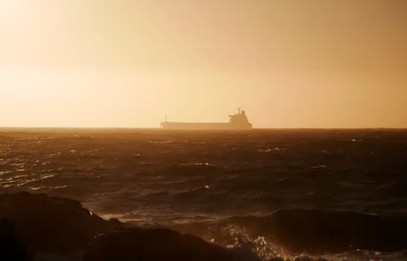
Yes, the ocean water contains gold. However, there’s a catch here. This collection of gold is actually super diluted. According to researches, there is about ‘13 billionth of a gram’ of gold in a single liter of ocean water.
We get it that it is a very tiny amount. However, if you could collect all the gold that is in the ocean, then you would be able to gather about 20 million tons of gold in total. Incredible, isn’t it?
6. Lives beneath the Ocean vs. at Land
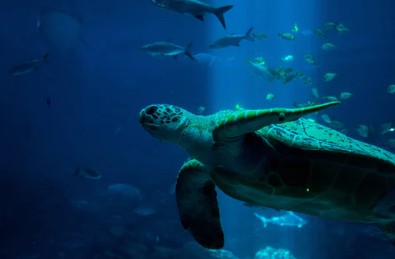
The ocean covers the majority of the Earth. So, it is not surprising that it also contains the majority of the life forms on Earth. Unbelievably, about 94% of the living organisms are aquatic.
That means only 6% of the life forms live on land. So, we are actually the minority compared to the oceanic life forms.
7. Most of the Underwater Species are Yet to be Known
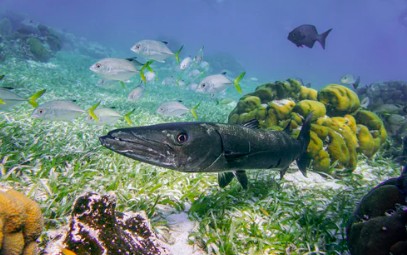
Although the ocean holds about 94% of all life forms, we actually know very little about them. The vast size and the huge water pressure of the oceans are the main obstacles in identifying more of the marine life. Reports say that we have identified about 228,000 species in the ocean as of yet.
However, it is estimated that around 2 million more species are yet unknown to us. However, it is also true that scientists are working on discovering more new marine lives. On average, about 2,000 species are discovered every year.
8. Volcanoes Under the Oceans
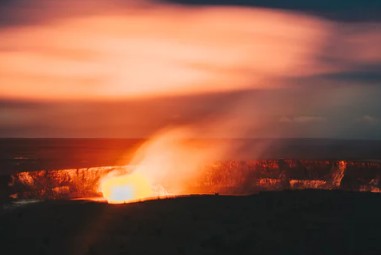
Did you know that there are volcanoes under the oceans? But what’s more incredible is that there are more than a million of such volcanoes exist underwater. These volcanoes are known as ‘Submarine Volcanoes’.
Some of these deep ocean volcanoes are dormant while others are active. According to scientists, about 75-80% of the volcanic eruptions on our planet actually occur under the oceans.
9. The Longest Mountain Range on Earth
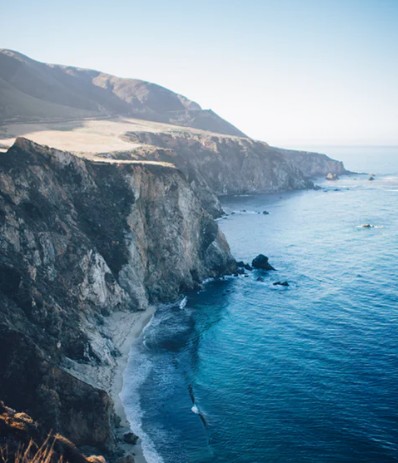
Generally, we regard the ‘Andes’ as the world’s longest mountain range. It is about 7,000 kilometers or 4,300 miles long. The Andes mountain range is so large that it stretches over 7 countries in South America. However, this is actually not the longest mountain range in the world.
The actual longest mountain range in the world is the ‘Mid-Ocean Ridge’. The length of this mountain range is about 65 thousand kilometers or 40 thousand miles. It extends over the Atlantic, the Pacific, and the Arctic oceans.
It also goes around Asia, Africa, and Australia continents. In short, you could say that it extends over almost over the whole world.
10. The Highest Mountain on Earth

If we ask you which one is the highest mountain on Earth, then most probably your answer would be ‘Mount Everest’. In that case, you are partially correct. How?
Technically, the highest mountain on Earth is the ‘Mauna Kea’ in Hawaii. Here’s the breakdown for you: the height of Mount Everest from base to summit is about 29,029 feet or 8,848 meters.
In contrast, the height of the ‘Mauna Kea’ above the sea level is just 13,803 feet or 4,207 meters. However, half of this mountain is hidden under the Pacific Ocean. So, if you measure from the actual base to the summit of the ‘Mauna Kea’, then you will find out that it is over 33 thousand feet or 10 thousand meters tall.
That implies that ‘Mauna Kea’ is the highest mountain in the world technically.
11. Pressure at the Bottom of the Ocean
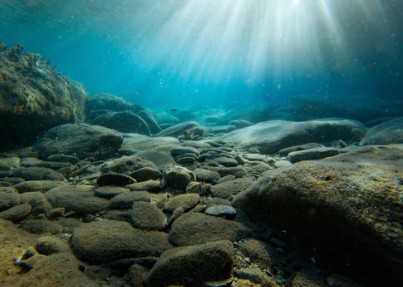
The ocean contains an enormous amount of water. And, this water exerts monstrous pressure on the ocean floor and all the things that are in the oceans. The pressure at the deepest point in the Pacific Ocean is about 15 thousand psi or 1,086 bars. This is about 1,071 times higher than the usual atmospheric pressure.
The more you go deeper in oceans, the higher the pressure. According to researches, for every 10 meters or 33 feet, the pressure increases by about 14.5 psi.
12. Temperature at the Bottom of the Ocean
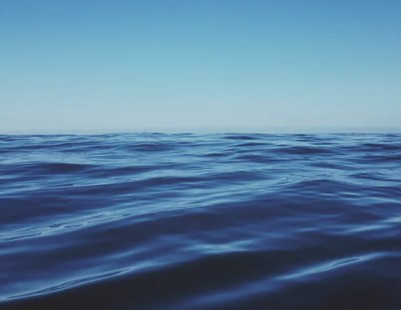
| Ocean Surface | Ocean Bottom |
| Around 17 Celsius | 0 to -3 Celsius |
Typically, the average temperature of the ocean surface is about 17-degree Celsius or 62-degree Fahrenheit. However, the deeper you go, the cooler the temperature gets.
On average, the deep ocean temperature is about 0 to 3 -degrees Celsius or 32 to 37.5-degree Fahrenheit. You can see that the water at the bottom of the ocean is actually not frozen. It is mainly because of the internal heating of the Earth.
13. World’s Deepest Place

The deepest point on Earth is actually located in the Pacific Ocean. The location is named as the ‘Challenger Deep’, which is at the ‘Mariana Trench’. According to official data, the depth of the ‘Challenger Deep’ is about 36,070 feet or 10,994 meters.
Whereas the height of the world’s highest mountain above the sea level is about 29,029 feet or 8848 meters. That means if you could place the Mount Everest at Challenger Deep, Everest would still be about 2 thousand meters below the sea level. Let that sink in!
14. Mariana Trench vs. The Moon
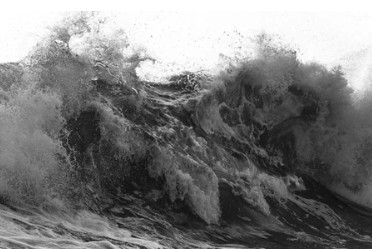
There are 24 astronauts that have flown the moon. Among them, only 12 have actually landed on the Moon. On the opposite, there are only 3 people that reached and came back from the ‘Challenger Deep’. Among them, 2 scientists were the first to reach the deepest point on Earth back in 1960.
And, the latest person to visit the Mariana Trench was the famous director ‘James Cameron’ back in 2012. So, it turns out, it is really tough and risky to make it to the bottom of the ocean. And, there are more people that landed on the moon compared to the number of peoples that reached the ‘Challenger Deep’.
15. When Oceans Formed?

For a long time, astronauts believed that the water on Earth’s oceans came from extraterrestrial asteroids and comets. However, new research shows that Earth actually was the supplier of its own water. It is reported that after the Big Bang, the Earth was so hot.
And, water was in the form of gas. However, after a long time, that is about 3.8 billion years ago, the Earth started to cool down to form water from the gas. And, those water poured on Earth’s basins to give rise to the oceans on our planet.
16. Sound under the Oceans
The approximate speed of sound in air is about 340 meters per second. However, sound travels faster in ocean water. The average speed of sound under ocean water is about 1500 meters per second. However, this is not a constant value.
The speed of sound under the oceans can vary from time to time, or place to place, or season to season.
17. Light Under the Oceans
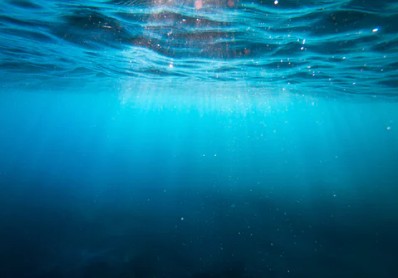
Also, light behaves differently under the oceans. For instance, if the conditions are right, the sunlight can reach up to about 1 thousand meters or 3,200 feet into the ocean.
However, mostly, light doesn’t travel beyond 656 feet or 200 meters into the ocean. As a result, scientists divided the ocean into 3 zones depending on the availability of light.
These are ‘Sunlit zone’, ‘Twilight zone’, and ‘Midnight zone’. The ‘Sunlit zone’ gets most of the sunlight. By contrast, the ‘Twilight zone’ receives a very small amount of light. However, the ‘Midnight zone’ is almost always dark. There is no light there. And, about 90% of the ocean comprises of the ‘Midnight zone’.
18. Speed and Height of Ocean Waves
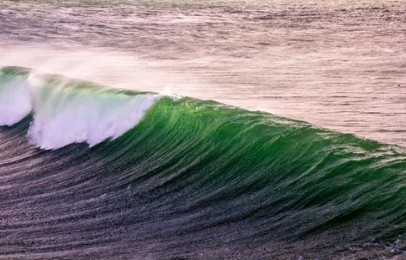
Waves in the oceans are nothing new. However, did you know that they travel thousands of miles prior to reach the land? Also, some of those waves can reach a height of over 30 meters or 100 feet. And, they can attain a speed of up to 760 km per hour or 470 miles per hour.
19. The Internal Waves
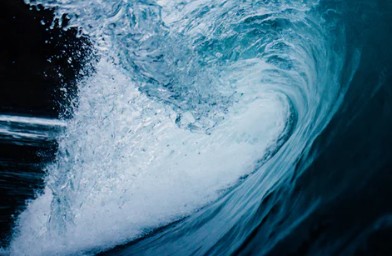
Interestingly, the biggest waves in the oceans are unnoticed by the land dwellers. Because all of these happen under the oceans.
Those waves occur because of various reasons like differences in the density of the water, the presence of strata, and more. Now, those waves can reach a height of up to 200 meters or 650 feet. Fortunately, most of the time, these don’t reach the land.
20. Point Nemo

The International Space Station is continuously revolving around the Earth. The maximum distance between the Earth and the ISS is about 416 km or 258 miles. Now, there is a place in the Pacific Ocean that is about 2600 km or 1615 miles far from the closest inhabited landmass.
This place is known as the ‘Point Nemo’ and it is the farthest location from land on Earth. In that sense, the astronauts on the ISS area actually closer than any other humans to ‘Point Nemo’.
21. Oceans Help Us Breathe More Than the Trees on Land

We all know that trees on the land are helping us breath by providing us with Oxygen. However, there are trillions and trillions of peculiar trees known as ‘Phytoplankton’ in the oceans. Interestingly, those are responsible for providing about 70 to 80 percent of Earth’s total Oxygen supply.
22. The Giants of the Ocean
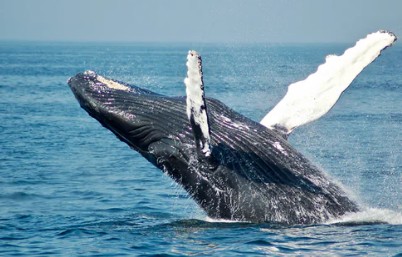
The oceans are full of monster-sized animals. We all know that the ‘Blue Whale’ is the largest animal on Earth. And, these whales tend to be around 100 feet or 33 meters long. They can weigh about 150 tons or 300,000 pounds. However, there are other ocean giants as well.
For instance, the ‘Lion’s Mane Jellyfish’ or the ‘Giant Jellyfish’ can be up to 36 meters or 120 feet (measured including the tentacles).
The giant squids and the giant octopuses can grow up to 13 meters of 43 feet. Like these, a myriad of giants is lurking in the oceans.
23. There are Lakes, Rivers, Mountains, etc. Under the Oceans
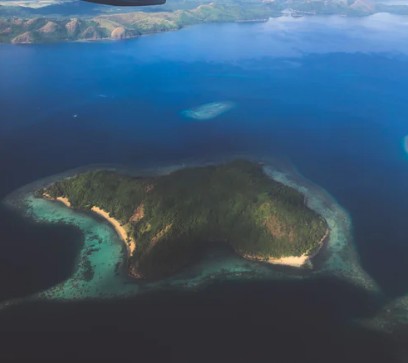
We have already talked about various mountains and volcanoes under the ocean. But, rivers and lakes under the oceans? It doesn’t make sense, does it? However, it is certainly true. Oceanographers have reported that there are a lot of underwater lakes and rivers in the oceans.
24. Climate Change vs. Ocean
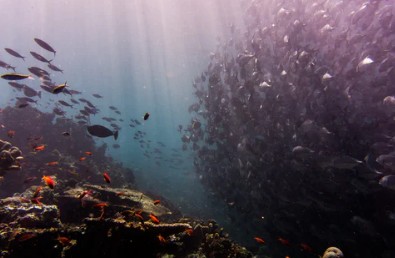
As previously mentioned, oceans actually supply lots of Oxygen for our survival. In turn, oceans absorb tons of heat from the atmosphere. With the rise of climate change and global warming, the oceans are getting hotter and hotter each day.
And, this will impact all the living beings that live on the oceans badly. At the same time, it will also speed up the melting of ice sheets and the water level will rise gradually. That is not a good sign for us at all.
25. We Don’t Know Much about the Ocean

Technically, scientists have mapped about 100% of the ocean floor. However, this map is not as detailed as it should be. It is mainly because of the vast water reservoir under the oceans. Due to this, only 5% of the ocean has been explored. In that sense, we know planet Mars better than our oceans.
Summing Up
From the information above, we can say that the ocean is a fascinating place. It is full of unknowns and surprises. Honestly, it is really hard to wrap our minds around this topic.
Don’t forget to share this post with others. As always, you can leave your options and suggestions in the comments below!
